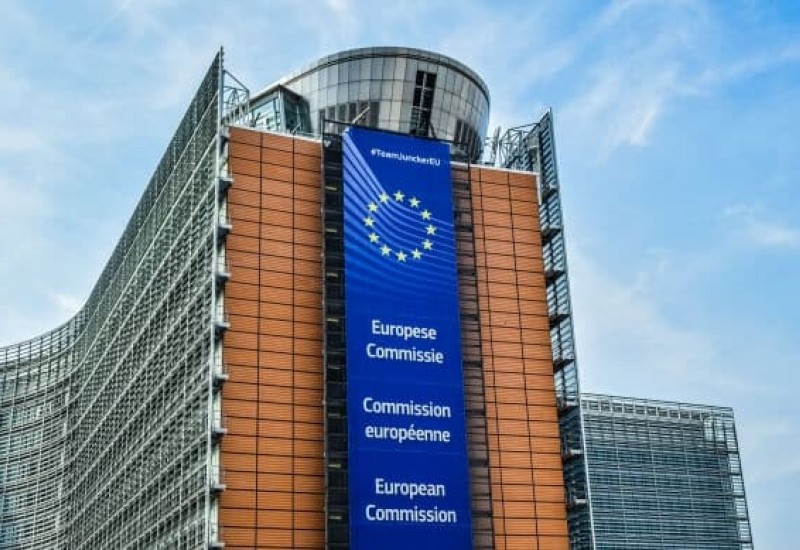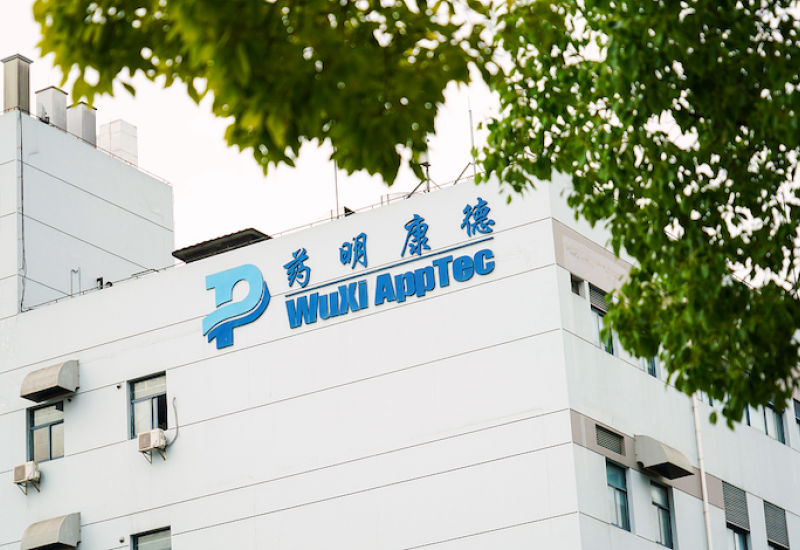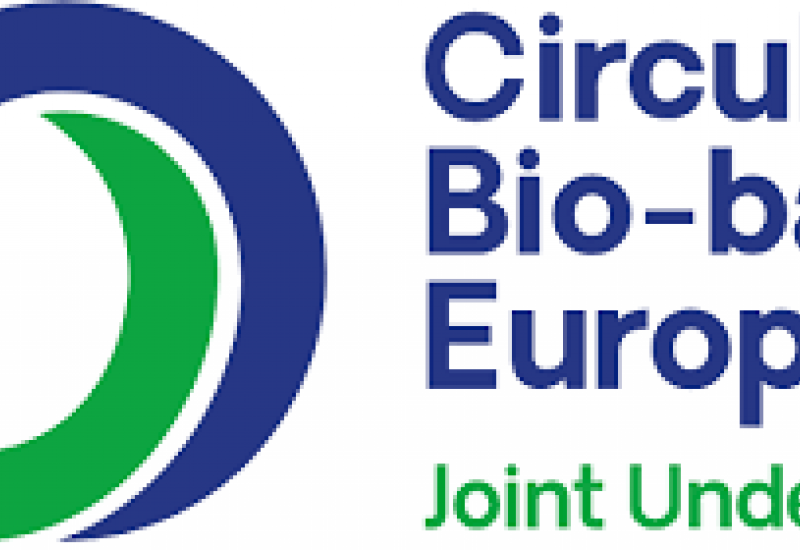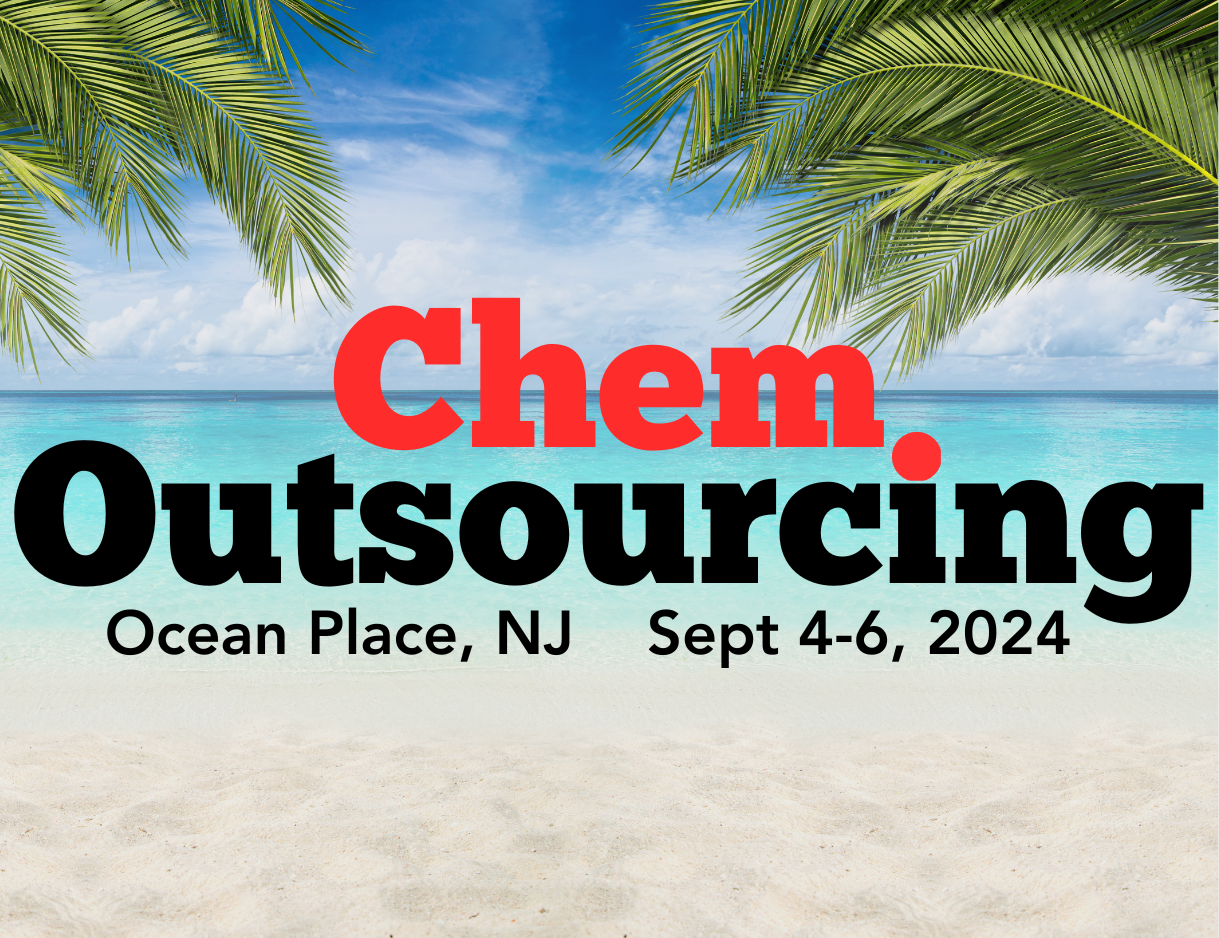Feature article - EPA RMP rule amends: What you need to know
Scott Sandler from ABSG Consulting reveals the depth of the changes happening with the latest Rule changes to help ensure that people, plant and processes remain safer in their operations
The US Environmental Protection Agency (EPA) has recently finalised amendments to the Risk Management Program (RMP) on the Safer Communities by Chemical Accident Prevention Rule. This was initially proposed in August 2022 and has imposed the most protective safety provisions to date for the chemical industry and facility operators.














